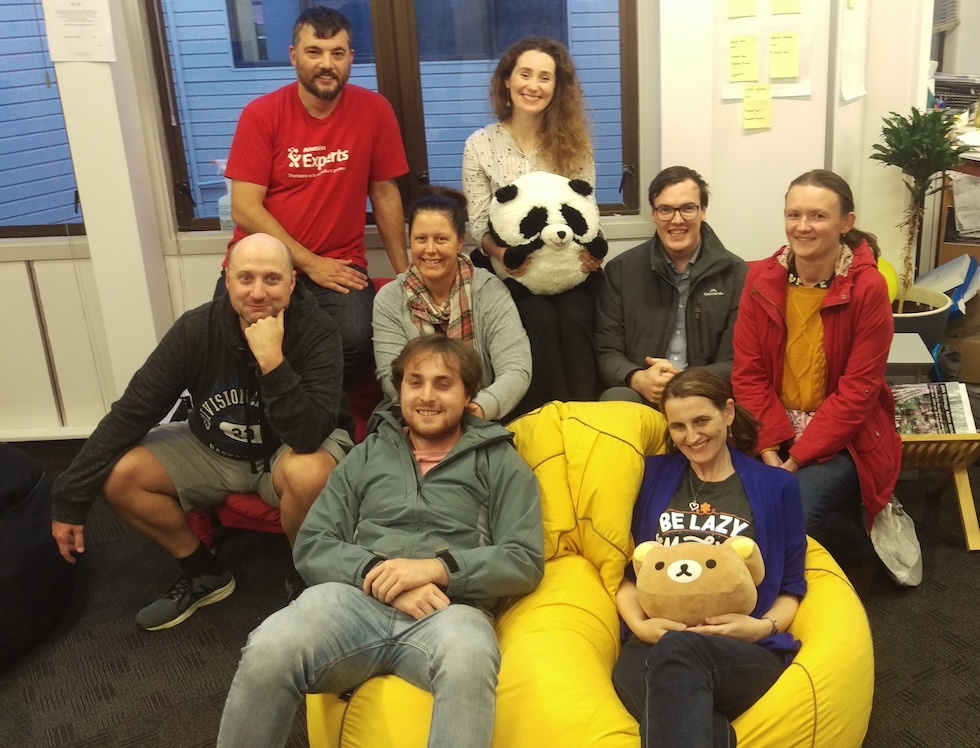

Next, we injected the JSON results into SQL 2016. We used Jira’s REST API to retrieve issue data for only user groups in certain statuses. The project has custom workflow statuses, like “Active” and “Inactive”, to show the current state of each group. The project has custom fields, like “Map Location” and “Group Size”, to hold information about each group. We built a dynamic map that pulls its data from Jira issues! We started with a Jira project, where each user group is represented by an issue. Use Atlassian tools to store the data and collaborate during the project.Encourage new group formation by showing location gaps.Encourage new membership by showing existing user groups.
ATLASSIAN SHIPIT 2017 MANUAL
Create a dynamic solution which will never be out of date or require manual maintenance.Encourage traveling users to connect with additional groups.View each group’s size, contact details, and the website URL.See a visual representation of the active AUG locations around the world.Problem StatementĪs an Atlassian User Group Member, an AUG Leader, or member of the Atlassian Community Team, I’d like to: We wanted to solve a visibility issue that impacts the AUG program and we wanted to use Atlassian products to do it. Our team included six AUG Leaders from all over the country. We were one of 10 teams that accepted the ShipIt challenge. We worked nights and weekends to bring our ideas to life and then submitted our finished products as a three minute video. Since we’re Atlassian customers, volunteers, and have work duties we can’t ignore, our hackathon lasted 3 weeks, instead of 24 hours. This week, 24 non-Atlassians participated in the first Atlassian User Group (AUG) Leader ShipIt. It embodies their culture of innovation and demonstrates a sacred company value: “Be the change you seek.” Each quarter, Atlassian has a 24 hour hackathon, called ShipIt, where they stop all work duties to create something awesome.


 0 kommentar(er)
0 kommentar(er)
